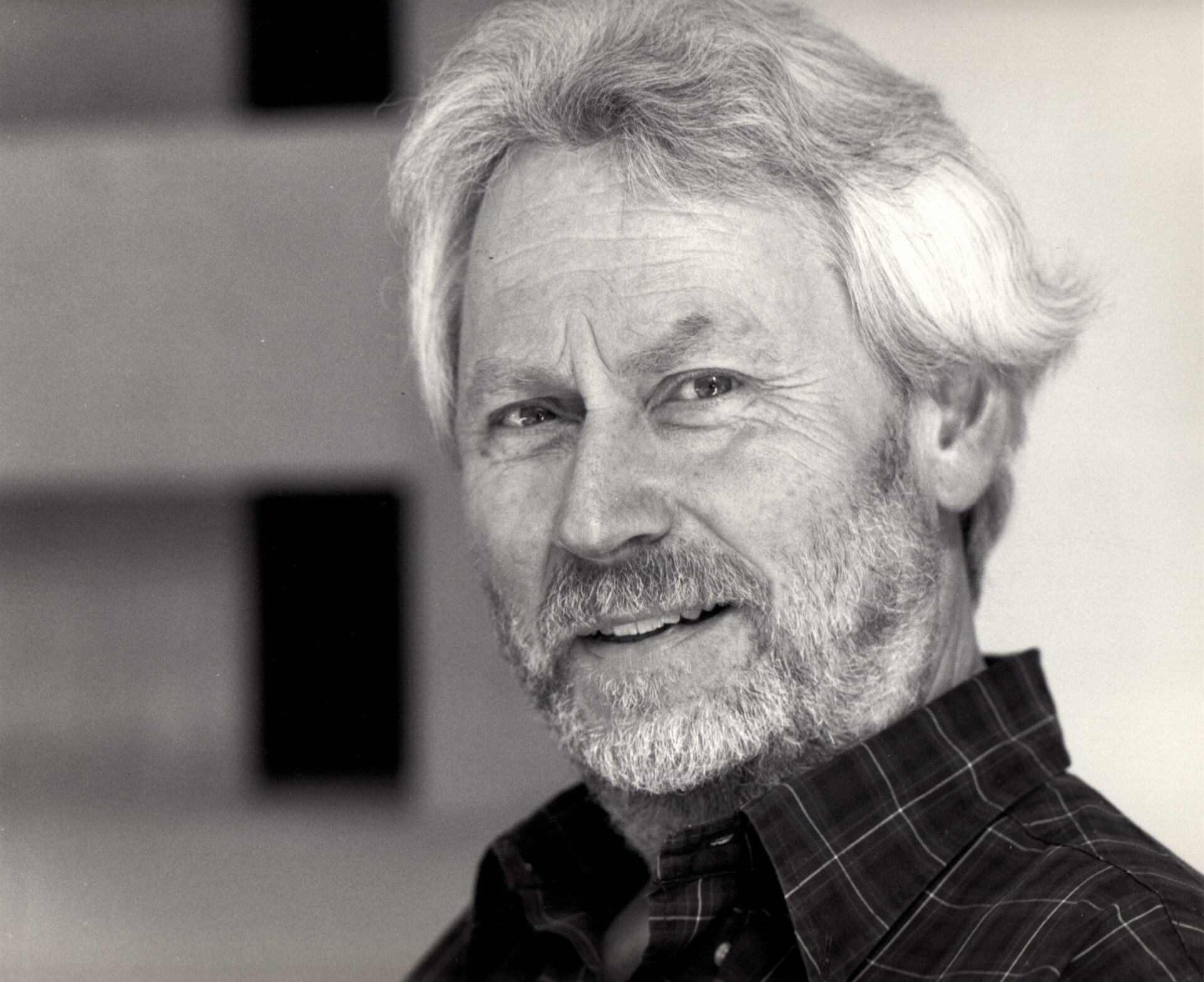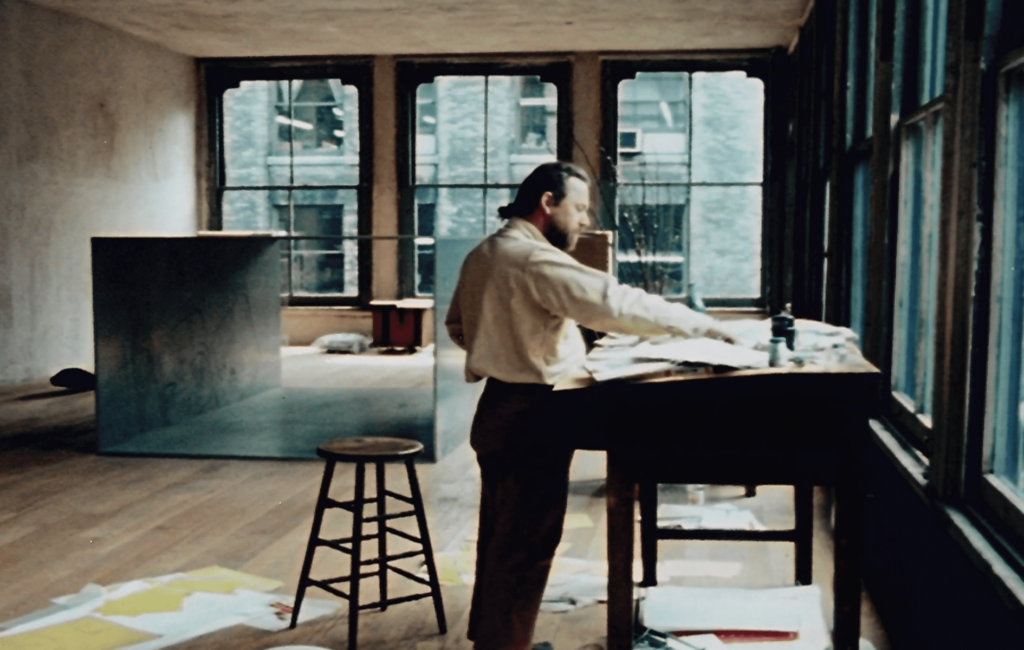
Donald Judd remains one of the most significant artists of the twentieth century. His radical ideas and work continue to provoke and influence the fields of art, architecture, and design.

Donald Judd remains one of the most significant artists of the twentieth century. His radical ideas and work continue to provoke and influence the fields of art, architecture, and design.
Donald Clarence Judd was born on June 3, 1928 in Excelsior Springs, Missouri. He served in the United States Army in Korea from June 1946 until November 1947. Upon his return to the United States, Judd studied philosophy and art history at Columbia University and painting at the Art Students League. From 1959 to 1965, he worked as an art critic, often writing over a dozen reviews a month. Judd was a painter until the early 1960s, when he began making work in three dimensions which changed the idea of art. Throughout his lifetime Judd advocated for the importance of art and artistic expression. He wrote extensively on the importance of land preservation, empirical knowledge, and engaged citizenship.
Judd developed his ideas concerning the permanent installation of artwork first in New York, at 101 Spring Street, a five-story cast-iron building he purchased in 1968. Judd began to purchase properties in Marfa in 1973 where he would continue permanently installing his work and the work of others until his death in 1994. These spaces, including studios, living quarters, and ranches, reflect the diversity of his life’s work. Judd established the ideas of Judd Foundation in 1977, founded to preserve his art, spaces, libraries, and archives as a standard for the installation of his work. He founded the Chinati Foundation/La Fundación Chinati in 1986 specifically for the permanent installation of large-scale works by himself and his contemporaries.
For almost four decades, Judd exhibited throughout the United States, Europe, and Asia with his work in museum collections worldwide. Major exhibitions of his work include the Whitney Museum of American Art, New York (1968, 1988); the National Gallery of Canada, Ottawa (1975); Stedelijk Van Abbemuseum, Eindhoven (1970); Tate Modern, London (2004); and The Museum of Modern Art, New York (2020).


Footage from The Artist’s Studio: Donald Judd Courtesy Michael Blackwood Productions. For more information or to request access to the full feature-length film, click here.
Donald Judd moved to 101 Spring Street from his live-work studio on 19th Street and Park Avenue South in 1968, and was one of the first artists to move to the cast-iron district, later known as SoHo. This derelict industrial neighborhood soon became a vibrant haven for artists, writers, musicians, and community activists, among others. Paula Cooper was the first gallery to move into the area when she opened a space on Wooster Street in 1968. Leo Castelli followed, purchasing a space at 420 West Broadway, which opened in 1971. Between 1970 and 1980, 112 Greene Street, a raw space provided by artist Jeff Lew, was used by 112 Workshop (the precursor to White Columns) for installations and performances by artists such as Gordon Matta-Clark, Trisha Brown, Vito Acconci, Laurie Anderson, Richard Serra, Philip Glass and many more.
SoHo quickly became an artists community that fought for its preservation in the New York real estate battle. Judd and his wife, Julie Finch, were co-founders of Artists Against the Expressway, a group that successfully lobbied against Robert Moses’ plan to link the East and West sides of Manhattan with the Broome Street Expressway. Judd also participated in efforts to change zoning laws in Lower Manhattan to allow the conversion of industrial spaces into live-work studios, through AIR (Artist-in-Residence) designation. Judd hosted dinner parties and social gatherings, and had a genuine curiosity for new ideas and debate about the intersection of art, culture, history, and politics at a time of great tumult and change in the United States and the world. The ground floor of 101 Spring Street was used for occasional temporary exhibitions, community and activist meetings, and performances.
In 1971, he submitted several candid political statements for a downtown newspaper, The Lower Manhattan Township. He criticized existing political structures as artificial and ineffective and promoted collectives of artists, trade workers and residents as strong activists for shaping the city’s neighborhoods. This was part of a lifetime of Judd’s speaking out on art, culture and politics.